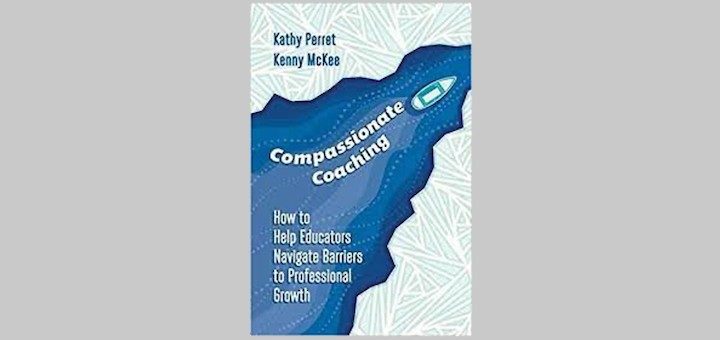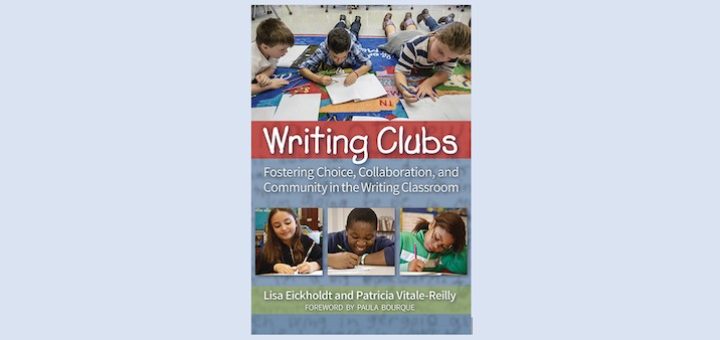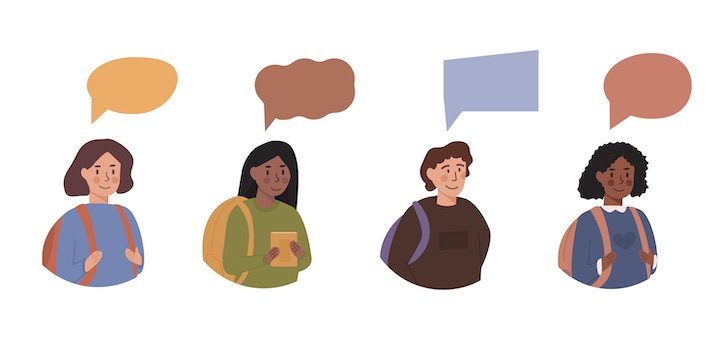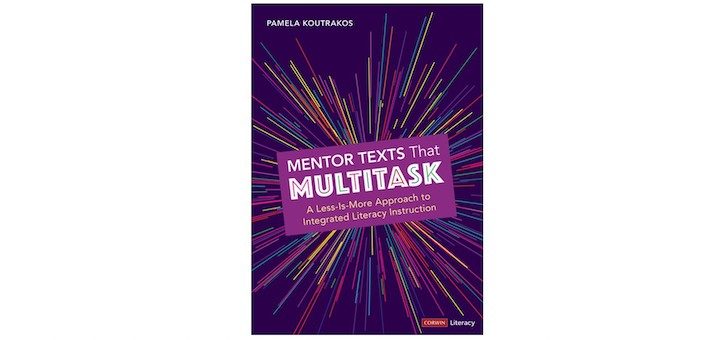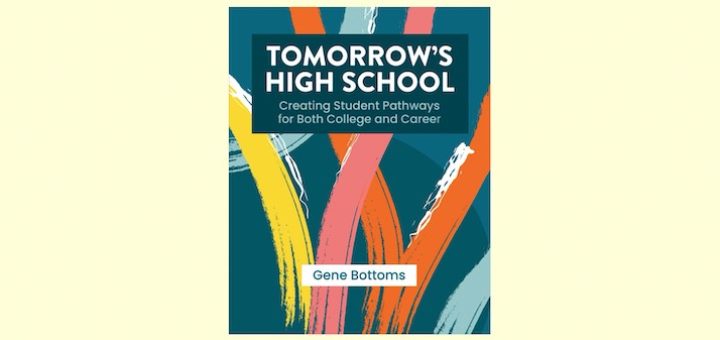Teaching and learning in grades 4-8
Sarah Cooper has discovered four education-related civics podcasts with particularly helpful dialogue and reporting. Use them to broaden your understanding of democracy and other urgent issues or to share with students. They are already sparking ideas for her fall classes.
As described by Kathy Perret and Kenny McKee in Compassionate Coaching, understanding compassionate coaching causes us to reflect on our practice and deliver planned actions to shift everyone’s performance to benefit students. Consultant Helene Alalouf finds lots to implement.
The authors invite us into classrooms that foster choice, collaboration and community through writing clubs. Discover the how-to of complement clubs (process, craft, digital) and stand-alone clubs (genre, author, convention). A super resource, says MS teacher Katie Durkin.
Community-centered instructional coaching reflects the idea that we all deserve to feel competent, confident, and fulfilled in our daily work, writes Pam Koutrakos. Ongoing, job-embedded professional learning that capitalizes on the spirit of community yields more buy-in.
By putting strong relationships at the fore, you can cultivate an environment in which each of your students can grow. Through her many years in the classroom Stephanie Farley has hit upon keys to encourage kids to thrive. At the center – kindness and getting to know each one.
When we incorporate literacy assessments that honor students’ assets and identities, we take an essential step toward creating an inclusive classroom that values students’ cultures and centers them in their learning. Teacher educators Sean Ruday and Katie Caprino show how.
Discover how mentor texts and text sets become multitaskers, providing vision, purpose, and the confidence students need to take learning risks. ELA consultant Anne Anderson highly recommends Pamela Koutrakos’ Mentor Texts That Multitask as a tool for literacy integration.
Teacher-author Jacob Chastain has found a process and procedure that’s essential in his workshop approach to teaching literacy. He helps middle schoolers develop the habits of “reading like a reader” and “reading like a writer” – shifting into either mode with powerful results.
The 2021-22 school year came with all the expected sound and fury, and for many of us, weariness and low spirits. Now summer’s here and MiddleWeb has pulled together a diverse set of deep-dive PD articles you might have missed. They’re insightful, informative and actionable!
Gene Bottoms, a national CTE leader and secondary school reform advocate, discusses the inequities in opportunity found in current college and career practices and details steps to transform high schools into places that serve ALL students well, writes principal Frank Hagen.


